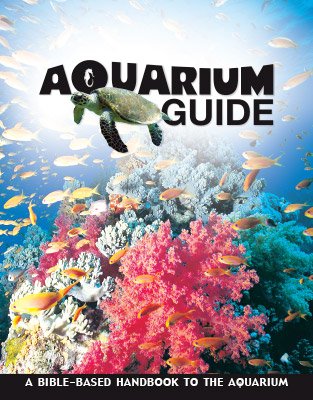Giant Octopus
The giant octopus is one of the largest invertebrates. Its arms can reach up to 30 ft (9 m). The eight legs of the octopus are covered with sensitive suckers that can distinguish objects.

Design
The octopus can change color to camouflage itself and to reflect its mood. Red indicates that it is annoyed and pale indicates that it is stressed. The octopus changes colors by expanding or contracting the cells that contain the pigment.
Features
- The giant octopus is one of the largest invertebrates. Its arms can reach up to 30 ft (9 m).
- The eight legs of the octopus are covered with sensitive suckers that can distinguish objects.
Fun Facts
- The octopus will squirt purple “ink” at a supposed predator as a defense mechanism.
- The octopus is considered to be one of the most intelligent sea creatures. This animal can navigate through a maze by trial and error, and then remember the correct way if it needs to navigate the maze again.
- Newly hatched young are the size of a grain of rice.
- The record weight of this species is 600 lbs (272 kg).
- The octopus’ sense of touch is very acute.
CLASS: Cephalopoda (octopuses and squids)
ORDER: Octopoda (eight-armed)
FAMILY: Octopodidae
GENUS/SPECIES: Enteroctopus dofleini
Size: Up to 30 ft (9 m)
Weight: 50–100 lbs (22–45 kg)
Depth: Down to 2,500 ft (750 m)
Diet: Small crabs and scallops, snails, fish, turtles, crustaceans
Habitat: Temperate northwest and northeast Pacific waters
Aquarium Guide
With fun facts about more than 100 animals, this long-awaited Aquarium Guide includes beautiful pictures and reveals the incredible facts and design features that point to our amazing Creator. This handy size guide is excellent for school field trips and family trips to your favorite aquarium!
Browse Kids Book- © 2024 Answers in Genesis
- Privacy Policy
- Contact
- About

